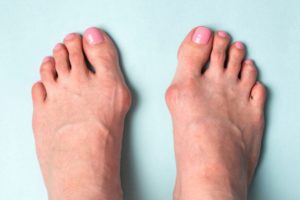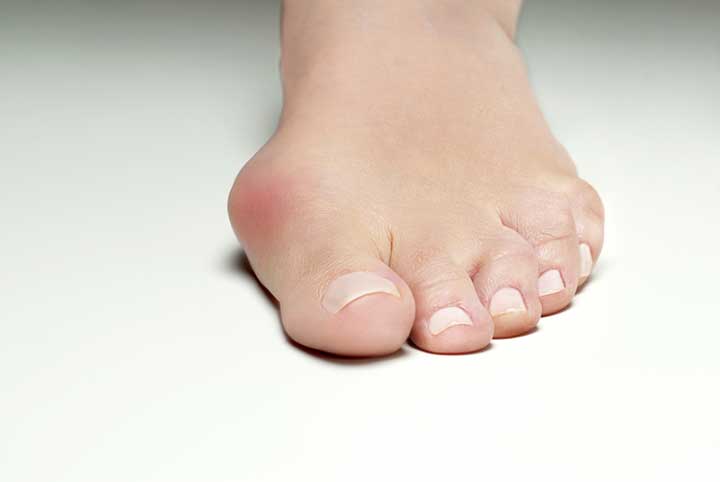What are they?
They are boney prominences most commonly occurring on the big toe joint (1st metatarsophalangeal joint) they can also commonly occur on the 5th toe or the small toe and this is commonly called either a tailor’s bunion or a bunionette. But this is less common.They tend to worsen overtime, are commonly associated with pain and swelling at the joint due
to damage to the joint.
As a bunion progresses it is common for the smaller toes to claw or overlap due to the pressure
placed upon them by the big toe. In clinical practice we often see patients presenting with bunion related issues, whether it be
about how it looks, having trouble fitting into shoes, and the differing types of pain associated.
Some facts about bunions
- More common in females
- Genetic link
- Bunions most commonly occur in an older population, however there is a condition known as juvenile bunions which develops during adolescence. It is estimated that bunions affect around 1million australians.
- Bunions effect both feet, but it is common to have 1 worse than another (due the difference in foot size)
Conservative management
Aim to eliminate pain, prevent further damage to joints and keep the patient active in the long
term. This can be done through the use of any of the following or a combination of the following;
- Orthotics
- Bunion sleeve
- Appropriate footwear as I always say, just because a shoe is a good shoe doesn’t mean, it’s good for you!
- Exercises
- Splints
- Toe separators
- Steroid injections
- Medications
…and the list goes on!
It is important to know that conservative management is aiming to slow the development of a bunion, we can not reverse the joint damage that has occured.

Surgery
This will generally be determined by the surgeon. If the patient is experiencing pain, is unable to bend their toe or the deformity is impacted other toes and the ability to find shoes all together.
There are a few differing types of operations that a patient with bunions can have, and it often depends on their long term goal:
- Aesthetics (how it looks)/ fitting into shoes
- Function ( they want it to bend and move)
- Fusion – they want it to fit into shoes, they are a bit older and
Your option may also be limited by how far the bunion has developed and your overall health status. Surgery is often employed with other treatment modalities such as orthotics and proper footwear for the best long term management.

